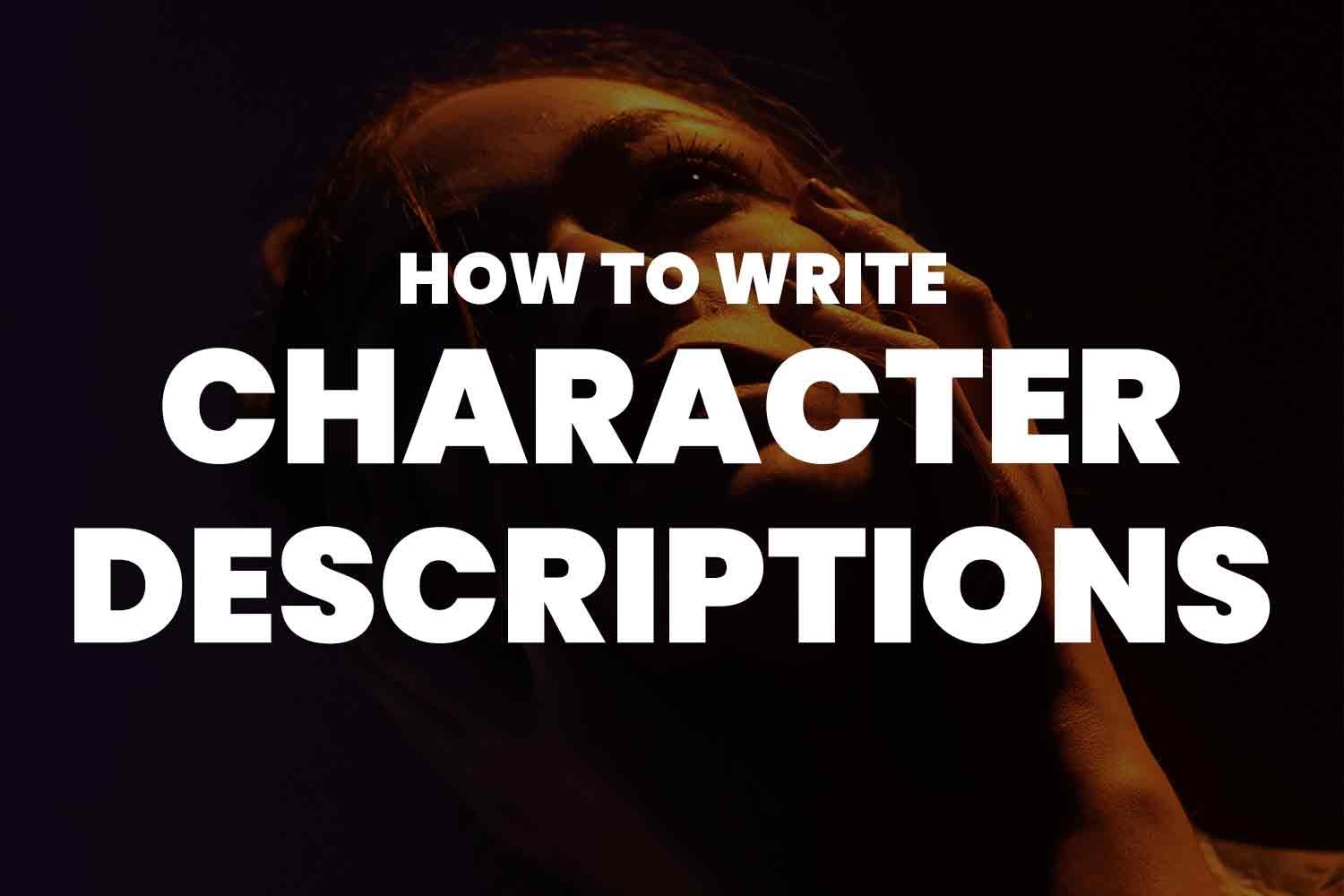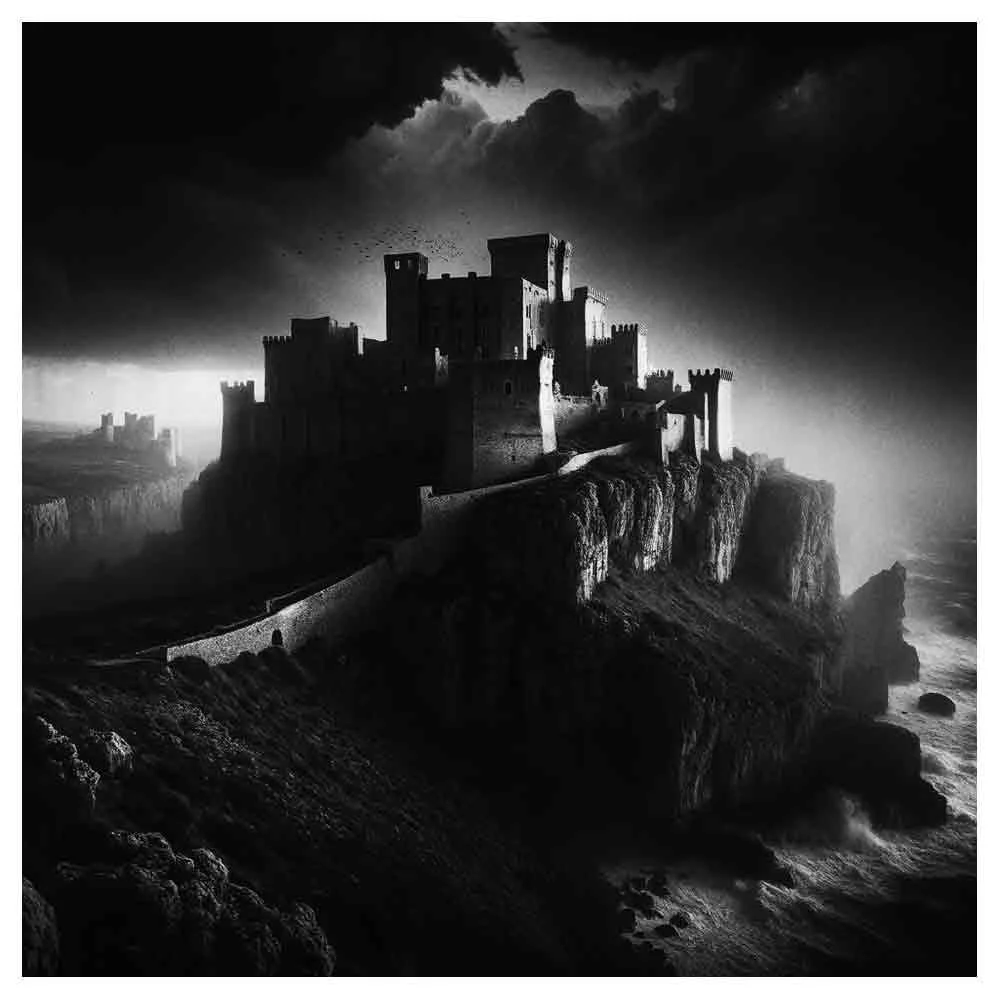How To Write Character Descriptions
When a reader ventures into the world of your novel, they're not just consuming words on a page. They're embarking on an adventure, visualizing vivid landscapes, engaging with the story's world, and, most importantly, connecting with characters.
Character descriptions play a vital role in this process, painting images in the reader's mind, giving depth, revealing character and substance to fictional beings, and hooking readers into the narrative.
A great character description does more than recount physical characteristics and attributes or tell us how a character looks. It reveals who the character is, from their personality traits to their backstory.
It's a chance to make your character stand out, evoke a reaction from your reader, and start your writing journey on the right foot.
This blog post will guide you through how to write better character descriptions that breathe life into your characters, turn them from mere words into real entities, and help you become a better writer.
1. Start with the Basics
The first step is the most obvious: describe your character's appearance. This includes the character's physical attributes like hair color (blond hair, black hair?), eye color (blue eyes, brown eyes, or green eyes?), body and pale skin type, and other distinguishing features.
For example, take Charles Dickens' introduction of Madame Defarge in A Tale of Two Cities:
"Madame Defarge was a stout woman of about her own age, with a watchful eye that seldom seemed to look at anything, a large hand heavily ringed, a steady face, strong features, and great composure."
Notice how Dickens gives us the essentials of the physical description without merely listing the character's attributes. He creates an image that appeals to our senses, making Madame Defarge feel real.
2. Showcase Personality Traits through Description
Moving past the basic physical descriptions, it's crucial to tie the character's descriptions to their personality. Their appearance can reflect their personality traits and provide insight into their nature.
3. Use Figurative Language and Sensory Details
To enhance your writing character descriptions, incorporate figurative language. Metaphors, similes, and other figures of speech can paint a more vivid picture of your character in the reader's imagination. Sensory details can also make the description feel more genuine and engaging.
In Stephen King's The Shining, he describes Jack Torrance as follows:
"His eyes were the color of faded denim, the expression in them as flat as a dead beer."
King's description is not just physical; it tells us about Jack's state of mind and foreshadows his descent into madness.
4. Pay Attention to Body Language and Facial Expressions
Body language and facial expressions are essential tools for writing character descriptions. How a character walks, posture, or facial expressions can reveal much about them, from their current mood to their character traits.
5. Show, Don't Tell
The golden rule in writing is 'Show, Don't Tell.' Instead of telling your reader that your character is kind-hearted, show them through actions, dialogue, and interactions with other characters.
For instance, instead of describing a character's appearance as anxious, you could show them wringing their hands or their eyes darting around the room.
6. Keep Your Reader in Mind
Consider your reader's mind as you describe your characters. Aim to spark their imagination, allowing them to picture your character in their way. This makes the reading experience more immersive and personal.
7. Remember the Minor Character's
Even the minor characters deserve good character descriptions. Though they might not need as much detail as your main character's backstory, a well-crafted description can make them memorable and contribute to the richness of your story's world.
8. Draft and Refine
Writing a good character description doesn't often happen on the first try. Draft your reports, then return to refine them, adding small details or taking some away. The information tells as much about the writer as it does about the character. As you evolve on your writing journey, so will your ability to describe a feeling.
Remember, character descriptions are not just about creating a physical image. It's about capturing the person's essence, making them tangible and authentic to your reader. While appearance matters, what makes a character stand out is their personality, their quirks, their likes and dislikes, and how they interact with the world around them.
Now that you have this list handy remember these points the next time you set out to write character descriptions. Bring your characters to life and captivate your readers, one description at a time.
Happy writing!
Frequently Asked Questions about Character Descriptions (FAQs)
What is a character description?
A character description is a detailed explanation of a character's physical attributes and personality traits; the report often tells their backstory. It gives readers a mental image of nature and insight into their personality and motivations.
How can I write good character descriptions?
Good character descriptions combine physical details with personality traits. They use vivid and sensory language to paint a picture of the character in the reader's mind. Show, don't tell is fundamental in crafting compelling character descriptions.
Should I describe my character's physical appearance in detail?
While providing some physical details for the reader to visualize your character is crucial to hook readers, you don't need to describe every aspect of their appearance. Choose distinctive features or traits that contribute to their character or the story.
How can I reveal my character's personality through description?
How a character dresses, walks, or talks can reveal much about their personality. You can also use their interactions with other characters or their environment to display their traits. For instance, a character who always wears perfectly ironed clothes might be meticulous or in value order.
Can I use figurative language in character descriptions?
Absolutely! Figurative language, like similes and metaphors, can make character descriptions more vivid and engaging. For example, instead of saying, "She has blue eyes," you might say, "Her eyes were as blue as the summer sky."
How important are the descriptions of minor characters?
While your main characters will require the most detailed descriptions, minor characters should not be ignored. A well-crafted short character description can add depth to your story and make the world you're creating to start writing feel more natural.
How do I balance between giving too much and too little description?
The key is relevance. Include details that are pertinent to the point of understanding the character or advancing the story. Too much description can overwhelm the reader, while too little can make the character feel flat.
Should I directly tell the reader about the character's personality traits?
Instead of directly telling your reader that your minor character, who is kind-hearted or impulsive, shows these traits through actions, dialogue, and reactions. "Show, don't tell" helps create a more immersive and engaging reading experience.
Can I change a character's description as the story progresses?
Yes, as characters evolve through the story, their descriptions can also change to reflect their character development. This change should be organic and in sync with the character's journey in the report.
How do I ensure my character descriptions appeal to readers?
Focus on making your descriptions vivid and engaging. Use sensory language, showcase your character's unique traits, and aim to evoke the reader's emotions. Remember, the goal is to make your characters feel real and relatable.






























